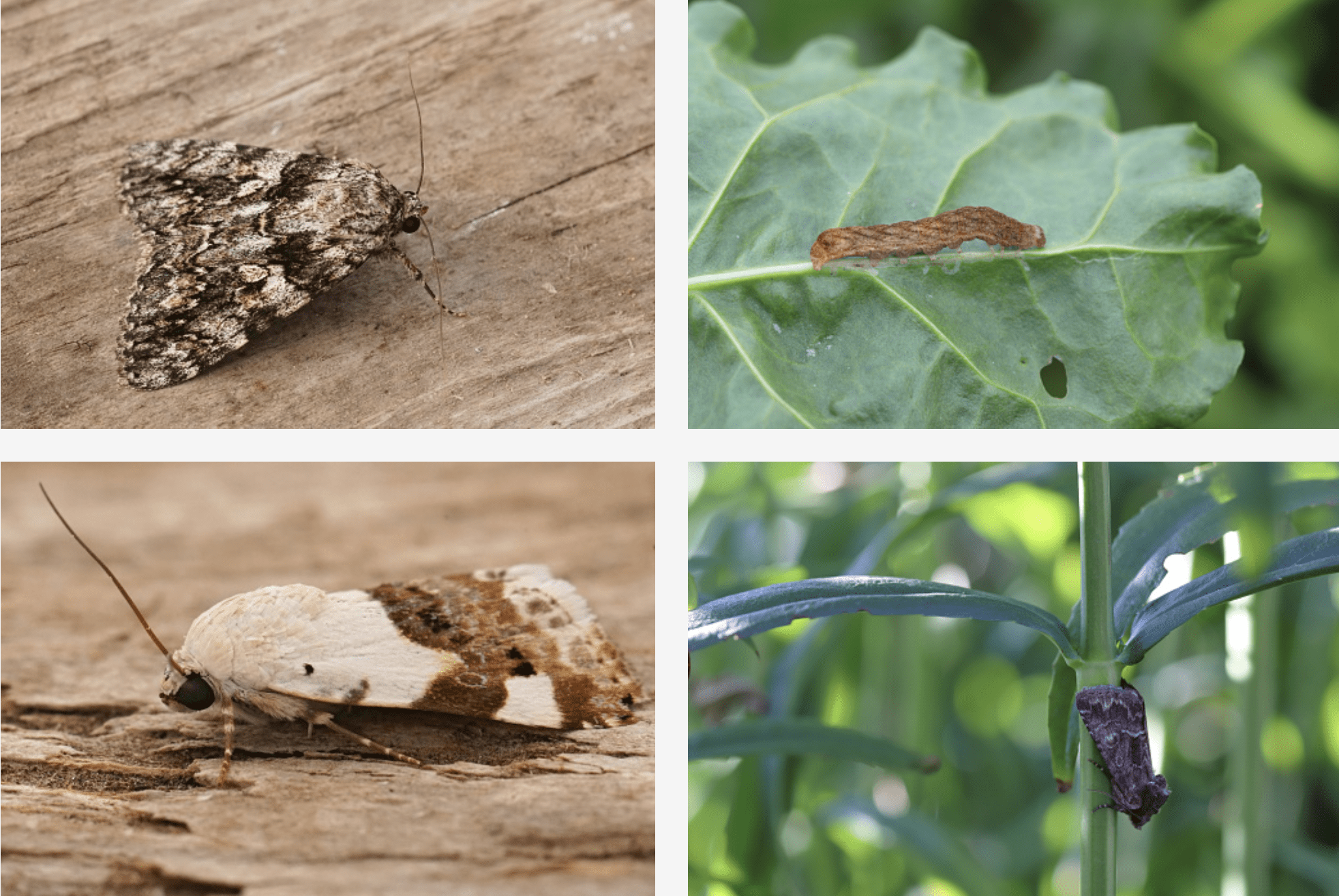Wet weather means armyworms by Mario Villarino

[adning id=”33097″]

Cooler temperatures and widespread rain events across Texas have forage and crop producers scrambling to fight armyworms. Armyworm caterpillars are the larval form of a moth that migrates by the millions northward in the spring and summer to lay their eggs.
Infestations of the caterpillars can be extremely destructive to home gardens and forage and row crops from Bermuda grass to corn and rice. Recent phone calls to the Hopkins County Extension Office indicated cases in Sulphur Bluff earlier on the week, but with most of the state out of drought and temperatures where they are, it’s hard to imagine they are not everywhere. Irrigated fields like most forage production meadows may be especially susceptible to the pest because of forage quality and quantity. Harvesting forages can be a quick solution to climbing armyworm numbers because they do not consume dry plant matter.
They will, however, consume freshly cut grass, and should be treated when armyworm numbers are beyond three or more caterpillars per square foot. It is critical that producers have pesticides ready for applications as soon as armyworm numbers near the recommended threshold. Armyworms in those numbers should be treated immediately because they consume 85% of their diet in the last two or three days of their larval stage.
The big question is how long will they be a problem, and the answer is until the first killing frost,. Armyworms are not a ‘spray once and they won’t be a problem’ kind of thing. This could be a two-, three- or four-spray situation if forage for hay or grazing is valuable to them.
Armyworms are green, with brown or black colorations and can be identified by the white inverted Y on their head. They can grow up to 1 inch in length when mature. The pest got its name because they appear to “march” across hay fields, consuming the grass in their path.
Armyworm moths can lay up to 2,000 eggs that hatch in two to three days. There are four to five generations that move throughout the state per growing season. They typically move north from Mexico and South Texas as temperatures warm in the spring. Generations will push further north into Midwestern states, but moths and larvae remain present throughout the state. Drier, hotter conditions slow their life cycles.
Moths lay fewer eggs and caterpillar growth is slowed. But rainfall and cooler temperatures can trigger major infestations when local populations, new hatches and migrating moths descend on areas with quality food sources. They are there the whole time, we just may not see them due to their size, numbers or both. It just takes the right weather conditions, and you can see an explosion in a matter of days. Armyworm caterpillars are picky eaters and prefer high-quality, fertilized forage typically found on fields maintained for hay production. They are a common pest of Bermuda grass, sorghum, corn, wheat, rye grass and many other crops throughout Texas.
Producers should scout each morning for armyworms. Armyworms are primarily night feeders unless conditions, such as cooler temperatures with overcast skies, allow, but they try to avoid warmer daytime temperatures. Armyworms are extremely destructive, especially when infestations escalate out of control, an estimated two armyworms per square foot can consume 84 pounds of foliage per acre.
It’s important to act immediately because if armyworms are left unchecked, they can devastate a forage crop in a matter of hours. It is not uncommon to find entire hay meadows consumed overnight.
For more information on this or any other agricultural topic please contact the Hopkins County Extension Office at 903-885-3443 or email me at m-villarino@tamu.edu.
Contributed by Mario Villarino
[adning id=”33207″]











